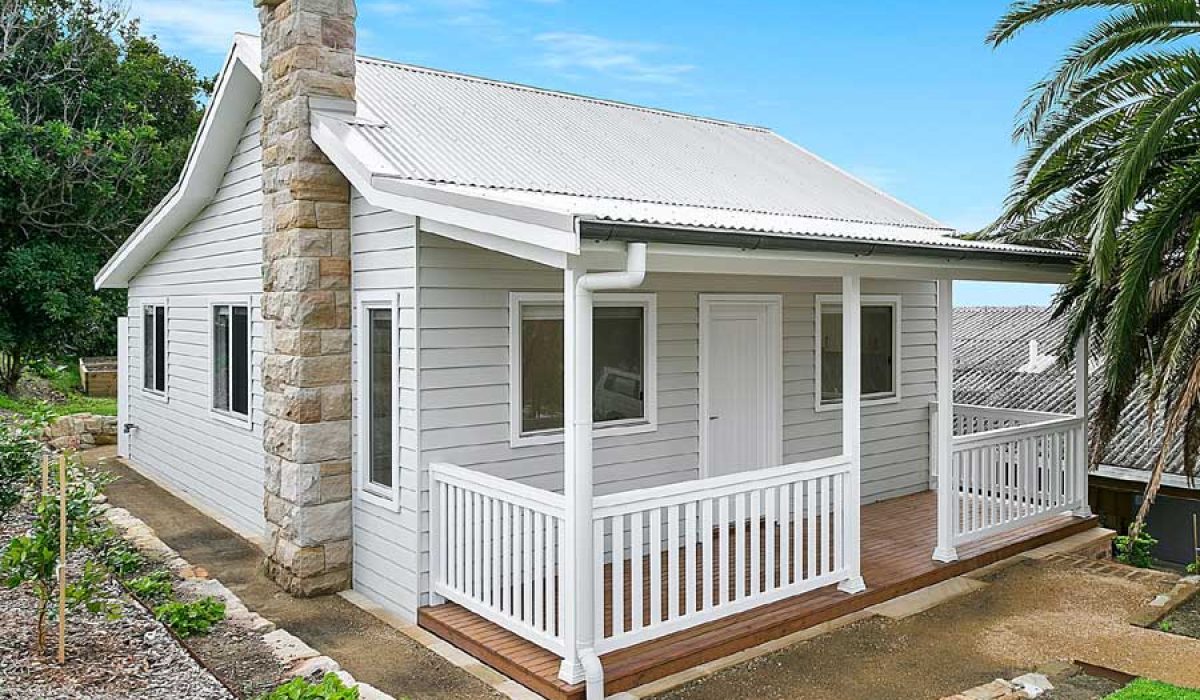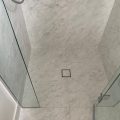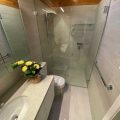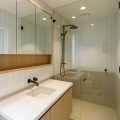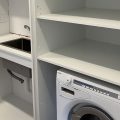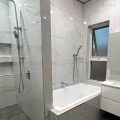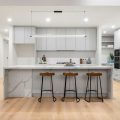The Victorian Government has introduced new rules in 2024 that make it much easier to build a small second dwelling on both residential and rural land. These changes are designed to give families more choice, support housing needs, and increase supply across the state. A small second home, sometimes called a granny flat, must be self-contained with its own kitchen, bathroom, toilet, and laundry facilities, and be no larger than sixty square metres. It can be attached, detached, or even a conversion of an existing space. While it cannot be subdivided from the main house, it can be rented out or lived in by anyone. These updates mean that creating a second dwelling is now a more straightforward and practical option for property owners across Victoria.
- What Are Small Second Homes
- New Granny Flat Laws in Victoria
- Planning and Building Permition
- Costs and Budgeting
- Insurance and Liability
- How to Apply for Granny Flat Grant
What Are Small Second Homes
Small second homes, also known as granny flats or second dwellings, are self-contained houses built on the same property as an existing home. They include living areas, a kitchen, and a bathroom, making them suitable for independent living. Many families use them to accommodate ageing parents, young adults, or as an income-generating rental. They are versatile, practical, and can add long-term value to a property.
New Granny Flat Laws in Victoria
The Victorian Government has introduced new laws to simplify the building of small second homes. For many properties, a planning permit is no longer required if certain conditions are met. This reduces approval times and cuts through some of the paperwork. However, a building permition is still required to ensure compliance with safety standards and the Building Code of Australia. These changes have made it easier for homeowners to move forward with projects without unnecessary delays.
Planning and Building Permition
Even with relaxed planning laws, the process still requires careful attention to building regulations. A building permition confirms that the dwelling is safe, meets energy efficiency rules, and complies with fire safety standards. Councils may also set rules on setbacks, height, and overall size. Ignoring these could result in fines or costly rework. Working with a licensed builder ensures compliance and helps navigate both state and local requirements efficiently.
Costs and Budgeting
Costs for small second homes in Victoria vary widely, depending on the size and style of the dwelling. A simple granny flat may fit into a tighter budget, while a larger or more customised design will require greater investment. Beyond construction, homeowners must also plan for permit fees, council charges, and insurance. Keeping a contingency fund of at least ten percent is a smart step, as unexpected costs are common in building projects. Careful budgeting will prevent financial pressure and ensure the project runs smoothly.
Insurance and Liability
Insurance plays a major role in protecting both the property and the homeowner. Before construction begins, it is important to confirm that your insurance covers the new dwelling during and after the build. Once complete, the small second home must be included in your policy. If it is to be rented out, landlord insurance may also be needed. Proper insurance safeguards against risks such as fire, damage, or liability claims, giving peace of mind and financial security.
How to Apply for Small Second Home (Granny Flat)
Some households may be eligible for financial support through government incentives. Applying for a granny flat grant requires meeting specific criteria, including property ownership, intended use, and compliance with regulations. Applications are typically made online through state government portals, and supporting documents must be provided. Engaging a builder or financial adviser can help simplify the process and improve approval chances. These grants can offset some of the cost of construction, making the project more accessible to a wider range of homeowners.
Conclusion
Building a small second dwelling in Victoria is now more achievable than ever, thanks to new laws and clear pathways for permits and approvals. By understanding what small second homes are, learning about the updated regulations, preparing a budget, securing insurance, and exploring grants, homeowners can confidently move forward. With the right builder and careful planning, a second dwelling can become a valuable addition that benefits both family and property.

